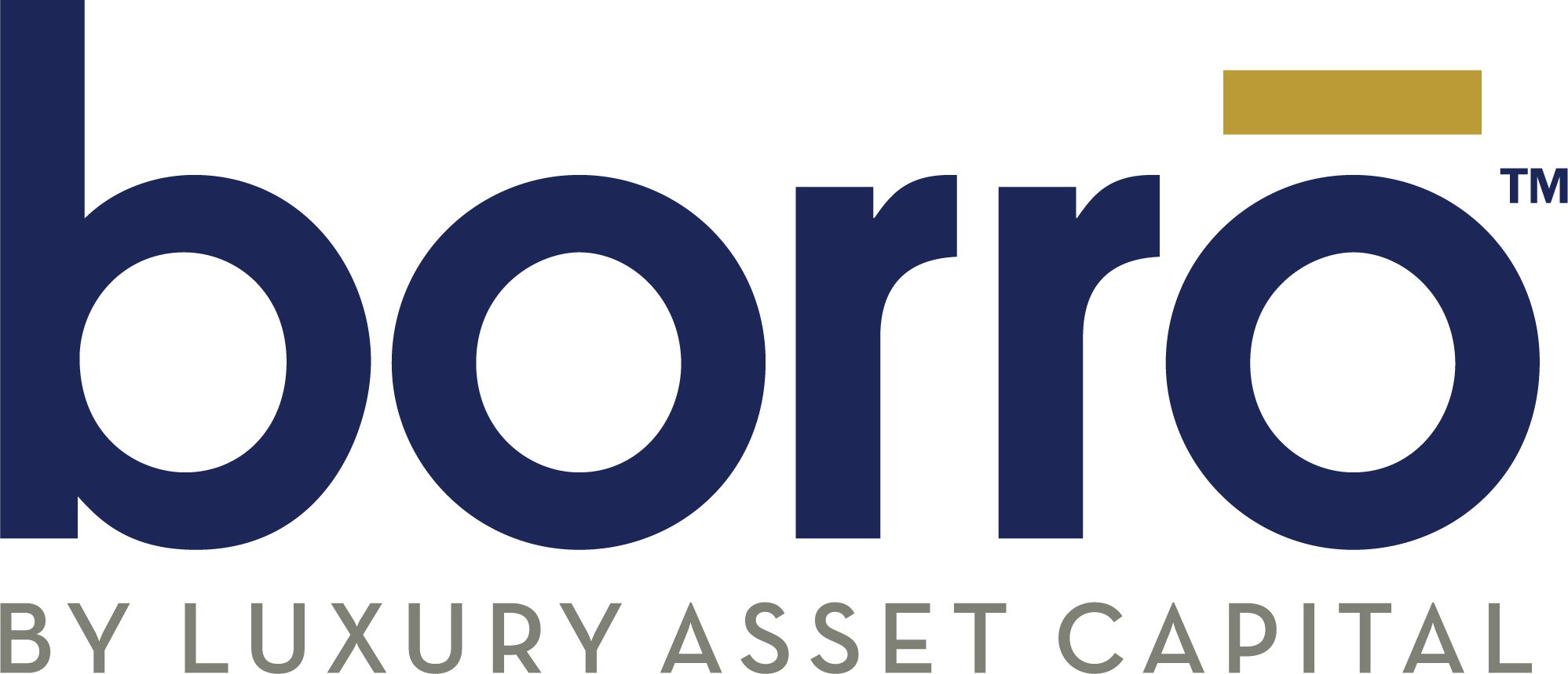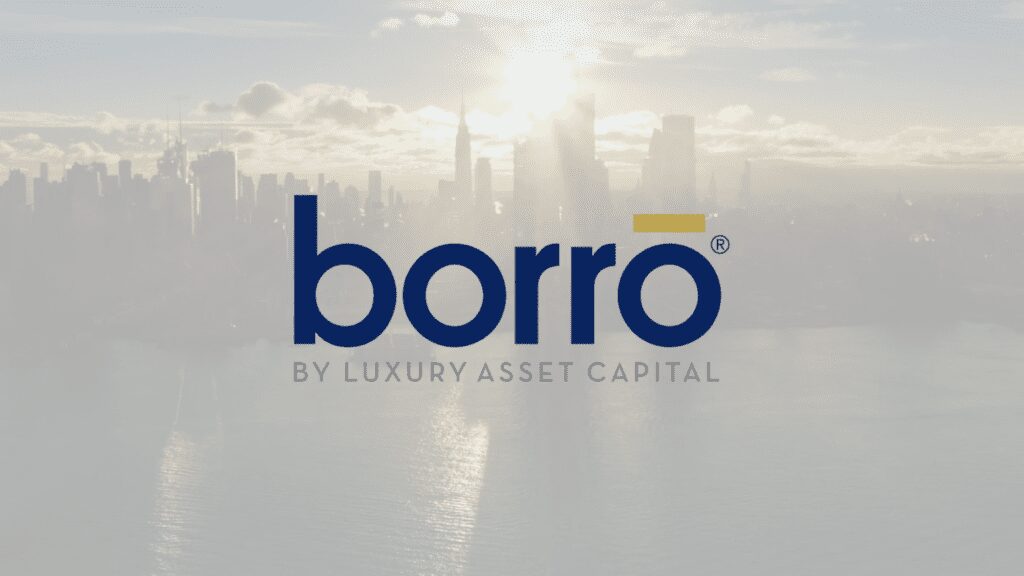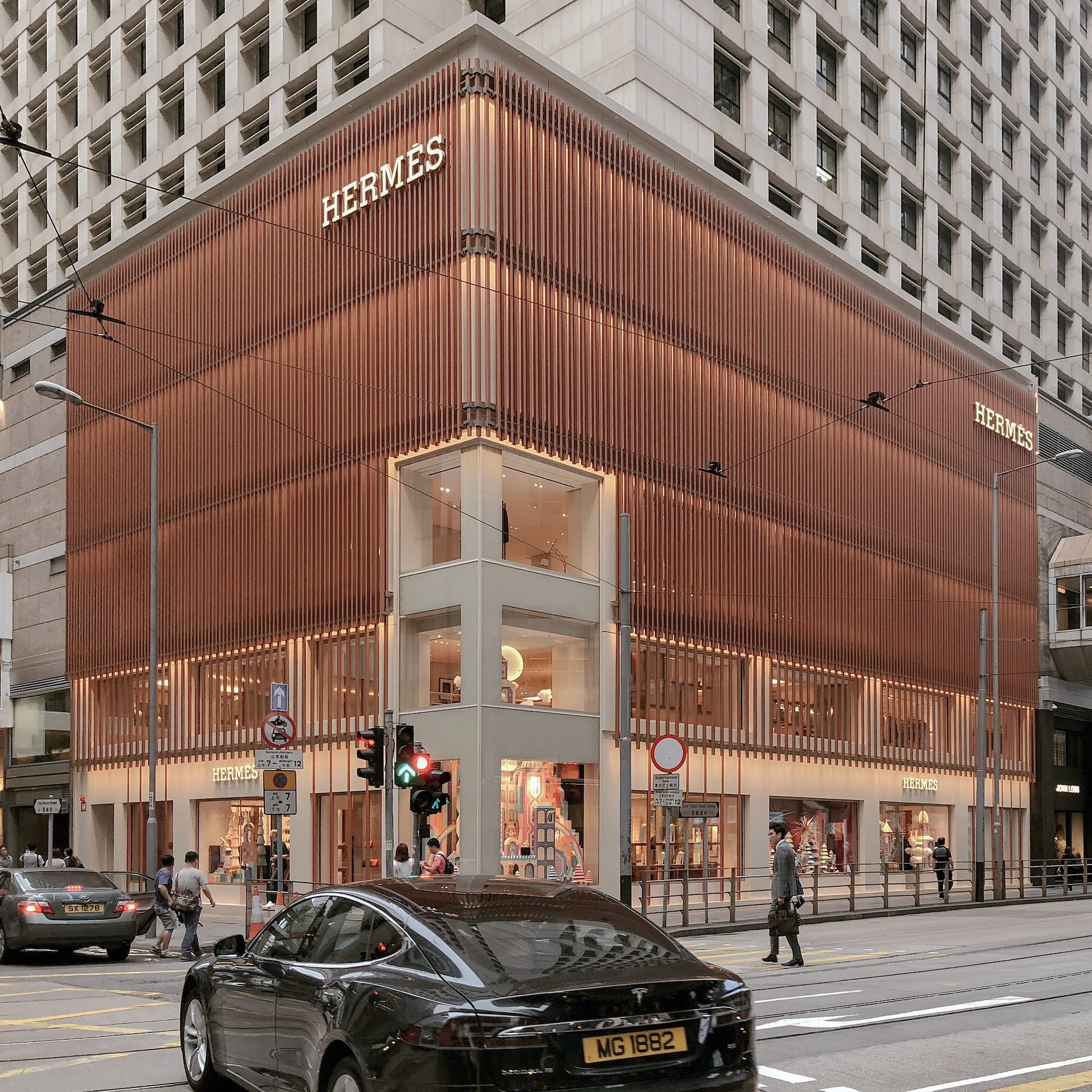In the world of high-net-worth individuals, diversification extends beyond traditional financial instruments. Luxury assets have become an integral part of wealth management strategies, offering not only potential financial returns but also personal enjoyment and prestige. This article explores the nuances of building a diverse portfolio of luxury assets, discussing strategies, considerations, and potential pitfalls.
Understanding Luxury Assets
Luxury assets encompass a wide range of high-value items, including fine art, rare wines, classic cars, luxury watches, and high-end real estate. These assets are often characterized by their scarcity, craftsmanship, and cultural significance. Unlike traditional investments, luxury assets can provide both financial returns and personal satisfaction, making them unique additions to a diversified portfolio.
The Benefits of Diversification in Luxury Assets
Diversifying a portfolio of luxury assets offers several advantages:
- Risk Mitigation: By spreading investments across different types of luxury assets, investors can reduce their exposure to market fluctuations in any single category.
- Potential for Higher Returns: Some luxury assets have shown impressive appreciation over time, outperforming traditional investments in certain periods.
- Hedge Against Inflation: Tangible assets often retain value during inflationary periods, providing a hedge against currency devaluation.
- Personal Enjoyment: Unlike stocks or bonds, luxury assets can be physically owned and enjoyed, adding a unique dimension to the investment experience.
Strategies for Building a Diverse Luxury Asset Portfolio
1. Research and Education
Before diving into luxury asset investments, it’s crucial to conduct thorough research and educate oneself about different asset classes. This includes understanding market trends, valuation methods, and the factors that influence an asset’s worth over time.
2. Start with Your Passion
Many successful luxury asset investors begin by focusing on areas they are passionate about. This personal interest can provide motivation for continued learning and help in making informed decisions.
3. Seek Expert Advice
Consulting with experts in specific luxury asset categories can provide valuable insights and help avoid costly mistakes. This may include art advisors, horologists, or classic car specialists.
4. Consider Liquidity Needs
While luxury assets can appreciate significantly, they are often less liquid than traditional investments. It’s important to balance the portfolio with assets that can be more easily converted to cash if needed.
5. Diversify Across Categories
To maximize the benefits of diversification, consider investing in multiple categories of luxury assets. This might include a mix of fine art, rare wines, and luxury real estate.
6. Stay Informed About Market Trends
The luxury asset market can be influenced by changing tastes, economic conditions, and global events. Staying informed about these trends can help in making timely investment decisions.
Key Considerations When Investing in Luxury Assets
Authenticity and Provenance
The value of many luxury assets is closely tied to their authenticity and history. Ensure that proper documentation and certificates of authenticity are obtained for each investment.
Storage and Maintenance
Proper storage and maintenance are crucial for preserving the value of luxury assets. Consider the costs and logistics associated with caring for these items over time.
Insurance
Adequate insurance coverage is essential to protect valuable luxury assets against damage, theft, or loss.
Tax Implications
Be aware of the tax implications associated with buying, selling, and owning luxury assets. Consult with a tax professional to understand the potential impact on your overall financial situation.
Long-Term Outlook
Luxury asset investments often require a long-term perspective. Be prepared to hold these assets for extended periods to realize their full potential value.
Potential Risks and Challenges
While luxury assets can be rewarding investments, they come with their own set of risks:
- Market Volatility: The luxury asset market can be subject to rapid changes in taste and demand.
- Illiquidity: Finding buyers for high-value luxury items can be challenging, potentially leading to extended selling periods.
- Forgeries and Fraud: The high-value nature of luxury assets makes them targets for counterfeiters and fraudsters.
- Emotional Attachment: Personal enjoyment of luxury assets can sometimes cloud judgment when making investment decisions.
Conclusion
Building a diverse portfolio of luxury assets can be an exciting and potentially rewarding strategy for high-net-worth individuals. By combining careful research, expert advice, and a long-term perspective, investors can create a collection that not only preserves and grows wealth but also provides personal satisfaction. However, it’s crucial to approach luxury asset investment with the same diligence and strategic thinking applied to traditional financial investments. With the right approach, a diverse luxury asset portfolio can become a valuable component of a comprehensive wealth management strategy.



